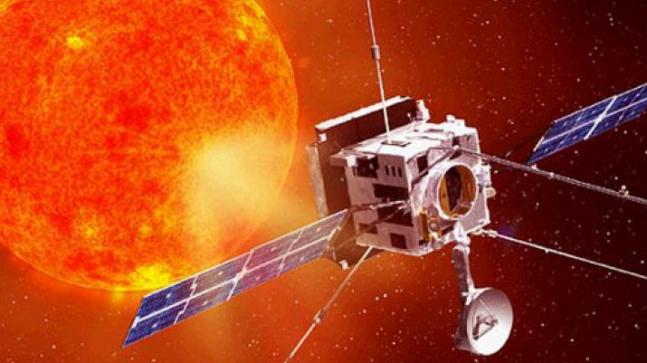The Indian Space and Research Organisation (ISRO), ever since its inception and in its progress, has grown by leaps and bounds. It has launched numerous missions in space and to other planets, primarily to the Moon and Mars. It has deployed satellites of various nations and indigenous ones to outer space
One of the ISROs’ most eminent and challenging space missions is the Aditya L-1 mission, which is scheduled to be launched by the Indian space agency in 2023. The spacecraft is named Aditya after the Vedic Solar Deity of Hinduism, i.e., the Sun.
This flagship mission holds great significance for ISRO as it seeks to demonstrate India’s prowess in the field of space science. It has a budget of Rs 1500 crores.
Objectives of the Mission
The mission’s primary objective will be to study the Sun’s “Corona”, which is a very hot and dynamic region. It will carry a number of instruments to study the corona, including a coronagraph, a spectrometer, and an imager. Corona is the region of the Sun seen from the Earth when the moon blocks out the Sun’s bright face during solar eclipses.
The mission is also expected to study the other aspects of the Sun, such as its magnetic field, atmosphere, and its evolution. Additionally, the sun’s photosphere, solar emissions, coronal mass ejections, solar flares and solar wind are its secondary and tertiary objectives.
About the L-1 Orbit
The L-1 refers to the Lagrangian Point-1, which is one of the five points in the orbital plane of the Earth-Sun System. These points are positions in space where the gravitational force of Earth and Sun produce enhanced regions of attraction and repulsion. A satellite placed in this orbit has the major advantage of having a continuous vision of the Sun without any eclipses. These points can be utilized by spacecraft and to reduce the fuel consumption needed to remain in position.
Instruments involved
The Aditya L-1 will be launched using the Polar Satellite Launch Vehicle (PSLV) with seven major instruments on board. The seven payloads are VLEC (Visible Line Emission Coronagraph).
The main significance of this instrument is that it will help in studying the temperature, velocity and density of the corona and the acceleration of solar wind. It will aid studies of space weather, the magnetic strength of the corona, and study the origin of the coronal mass ejections. The payload was provided to ISRO by the Indian Institute of Astrophysics (IIA)
Other important instruments include Solar Ultraviolet Imaging Telescope, Solar Low Energy X-ray Spectrometer, Solar Wind Particle Experiment, High Energy L-1 orbiting the X-ray spectrometer, Plasma Analyzer Package and Advanced Tri-axial High-Resolution Digital Magnetometers.
Challenges
The Sun and the Earth are far apart, and hence the distance coverage of the mission is a sensitive point. Moreover, since this satellite has many moving parts and this risks, the likelihood and chances of collision are very high. Thirdly, the temperature of the sun and its orbits have extremely intense and incredible temperatures coupled with radiation which can cause tremendous damage to the payloads and satellites.
Other International Solar Missions
The National Aeronautics and Space Administration (NASA) Parker Solar Probe is a US Space Mission which aims to trace how the energy and heat move through the Sun’s corona and to study the source of wind acceleration.
The Helios-2 Solar Probe is actually a joint venture between NASA and the Space Agency of Western Germany that went 43 million km off the surface of the sun in 1976.
The Solar Orbiter is another American Space Mission that will collect data that will help answer a central question of heliophysics, such as how the Sun is instrumental in changing and controlling the constantly changing space environment throughout the solar system.



















Comments